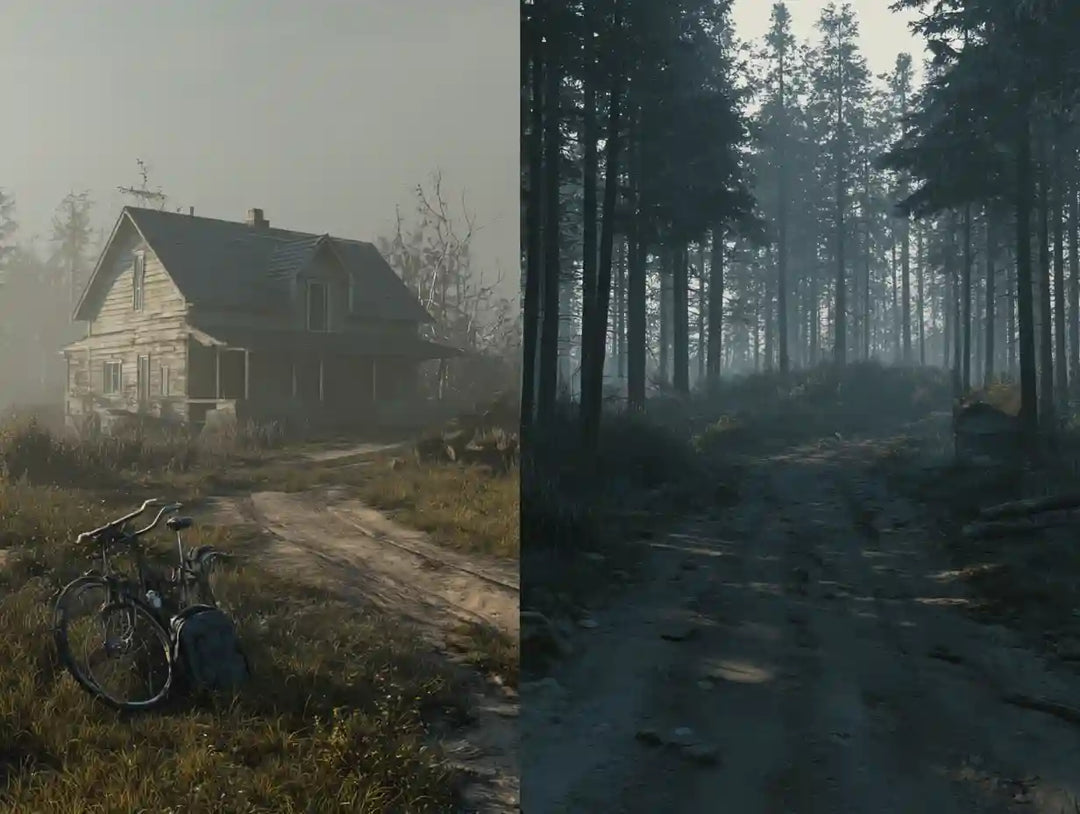Hercule Poirot remains one of the most iconic detectives in crime fiction. With over thirty novels penned by Agatha Christie, Poirot’s appeal has spanned decades. His unique method of detection, his distinctive personality, and his enduring presence in the genre offer timeless intrigue for mystery enthusiasts.
For those familiar with crime fiction, Poirot’s methods stand out. Unlike detectives who rely on brute force or lucky breaks, Poirot solves mysteries with observation and logic. These traits make him such a fascinating character for readers and create puzzles that challenge both casual fans and dedicated sleuths. It’s no wonder the Belgian detective consistently appears in adaptations, from radio plays to modern TV series, similar to how intricate murder mystery games have found a new audience through engaging experiences.
Agatha Christie crafted some of the most memorable mysteries in literary history, but how often do we revisit her lesser-discussed works? For many, the more famous Poirot titles receive all the attention, while others sit in the background. Exploring hidden gems from the Poirot series could offer new perspectives to even the most knowledgeable fans. Just as with crime fiction, delving into forgotten murder mystery games can bring fresh thrills for mystery enthusiasts.
How much of Poirot’s success comes from the structure of the mysteries? And how well do the stories pull the reader in? These questions are important for any fan of the genre, as pacing and plot are critical elements of a successful whodunit.
- How does the novel's opening hook the reader?
- Are the characters in the novel complex enough to hold a reader's interest?
- Is the solution satisfying, and does it reward attention to detail?
- Does Poirot himself drive the plot forward, or does he play a more subtle role?
- How does the ending set this mystery apart from others?
These are considerations that elevate crime fiction from basic storytelling to something more. Readers want challenges and twists. In a perfect mystery, every clue, no matter how small, should contribute to the ultimate solution. Christie was known to design plots that were precise in this regard. When playing games like murder mystery or cold case file games, these same principles apply. A well-constructed puzzle keeps players engaged, just like Poirot's sharp mind keeps readers intrigued.
Looking at Poirot’s legacy, we can break down his appeal. Christie’s ability to create "closed circle" mysteries allowed tight, compact storytelling. It forced characters into constrained environments, ensuring each person had a role in the narrative. Poirot excelled at understanding the psychology behind every character he encountered. Each interview, each question, had a purpose. This focused method of detection resonates today in murder mystery games.
Consider popular titles from the Poirot catalog:
- The Murder of Roger Ackroyd
- Murder on the Orient Express
- The ABC Murders
Each of these examples follows the principles of strong hooks, memorable characters, and well-executed resolutions. They offer clues that are discoverable. These books challenge readers, but they don’t obscure solutions through unfair means. Poirot presents the facts. The reader can solve the case, but only if they're as observant as the detective himself. This mirrors the experience when playing interactive cold cases or murder mystery games at home. You have every clue you need—it's all about piecing it together.
When we break down what makes a successful cold case or murder mystery game, consider the following elements:
- Does the mystery offer only as much information as necessary to stay engaging?
- Is there a clear storyline that evolves as clues are discovered?
- Are the characters and the relationships between them well-developed?
- Is the solution clever without being needlessly obscure?
The same principles Christie used in creating characters like Poirot apply to modern mystery games. Strong characters and logical plots make for satisfying gameplay. If you’re hosting a murder mystery night, this attention to detail and structured clues will ensure a challenging but solvable case.
For avid readers of crime fiction, Poirot games or cold case file games offer the chance to get directly involved. It’s not just about reading through a novel; it’s about embodying the sleuth. You become the one solving the case, asking the questions, and piecing together the evidence. These games offer direct engagement, and the satisfaction from solving them can surpass the passive enjoyment of reading a mystery novel.
Take a look at “Cards on the Table,” a lesser-known Poirot novel from 1936. While it still shares some structural similarities with other Poirot classics, it throws in unique challenges for both readers and players alike. It presents a smaller group of suspects, meaning every character is crucial. Even with limited suspects, Christie manages to turn the narrative, keeping readers guessing until the final page.
Imagine translating that experience into an interactive setting—a murder mystery game where every suspect has something to hide. These games thrive on tension, pacing, and logical deductions. Much like Christie’s novels, they demand attention to detail. It's not enough to rush through; every observation matters. This attention to small details adds layers of enjoyment for those who love solving puzzles.
If you're a fan of classic detective stories, consider adding a fresh experience to your collection. Turning your fascination with crime fiction into something tangible provides entertainment beyond the page. Hosting a murder mystery or working through a cold case game means less passive entertainment and more immersive fun.
Poirot's legacy invites us to explore mysteries both on and off the page. Just as Christie’s novels unfold with intricate detail, so do the best murder mystery games. The next time you’re drawn to a curious puzzle or a detective narrative, embrace the experience. Every hint, conversation, and step could lead to solving the enigma right in front of you.







